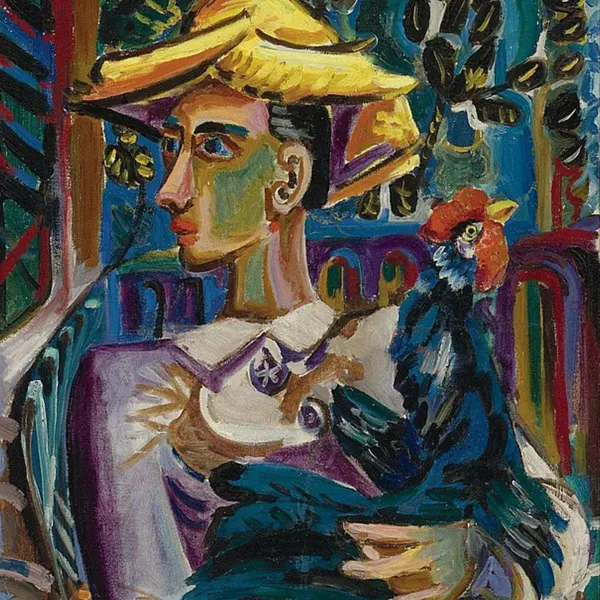In the art world, an artist is a person who produces art, and the art market is the system that allows them to sell their work. The market is made up of buyers and sellers, who trade artworks between each other.
The art market is a complex and ever-changing system, but there are some basic principles that all participants need to understand. Here's a look at how the art market works, and how you can get involved.
What are the key components of art market?
In order to understand how the art market works, it is important to know the key components of the art market. The art market is made up of four main components: the primary market, the secondary market, the tertiary market, and the quaternary market.
The primary market is where artists sell their work directly to buyers. This is the most common way that people buy art, and it is also the most efficient way for artists to sell their work. The secondary market is where art is sold by galleries, dealers, and auction houses. This is the most common way for people to buy art that is not directly from the artist. The tertiary market is where art is sold by private dealers and collectors. This is the least common way to buy art, but it can be the most rewarding. The quaternary market is where art is sold by institutions, such as museums and universities. This is the least common way to buy art, but it can be the most educational.
How do you read an art market?
The art market is a complicated beast. There are many moving parts, from the galleries and auction houses that sell the art, to the art fairs and private dealers that trade in it, to the collectors who buy and sell it.
To get a handle on how the art market works, it is helpful to understand the different players involved and how they interact with each other.
The galleries and auction houses are the primary market for art. They are where most art is sold, and they set the prices for the art they sell.
The art fairs are the secondary market for art. They are where dealers and collectors buy and sell art, and they are often where the prices for art are set.
The private dealers are the tertiary market for art. They buy and sell art, but they are not as influential in setting prices as the galleries and auction houses.
The collectors are the people who buy art. They can be individuals or institutions, and they can buy art for investment or for pleasure.
How is art bought and sold?
The art market is a global industry that is built on the buying and selling of art. There are many different ways that art can be bought and sold, and the art market is constantly changing and evolving.
One of the most common ways that art is bought and sold is through art galleries. Galleries are businesses that represent artists, and they often sell art on behalf of the artists they represent. Galleries typically take a commission on the sales of the art they sell, which is typically around 50%.
Another common way that art is bought and sold is through art auctions. Auctions are public sales where art is sold to the highest bidder. Auctions can be held by art galleries, auction houses, or even private individuals.
The art market is also built on the buying and selling of art online. There are many different websites and online platforms that facilitate the buying and selling of art. These platforms typically take a commission on the sales of the art they facilitate.
The art market is a complex and ever-changing industry. There are many different ways to buy and sell art, and the market is constantly evolving.
